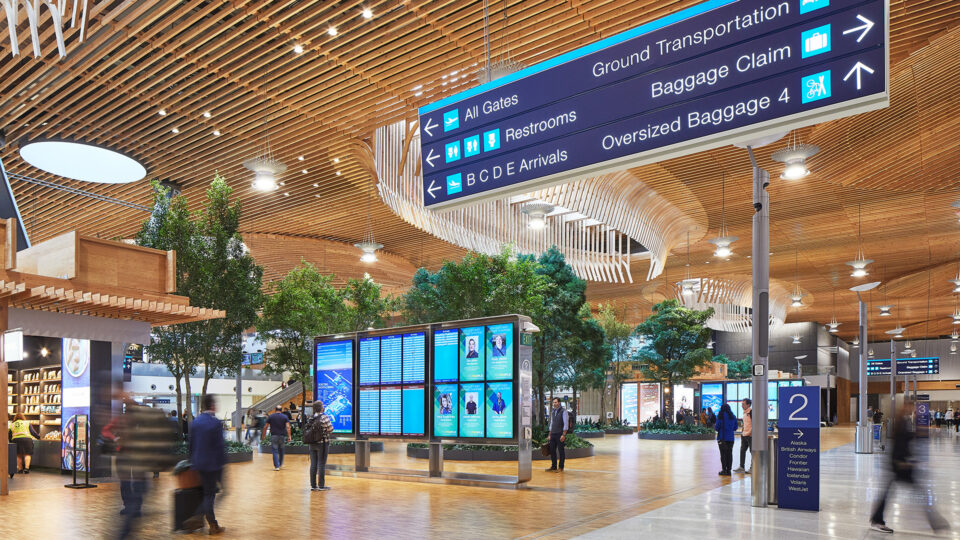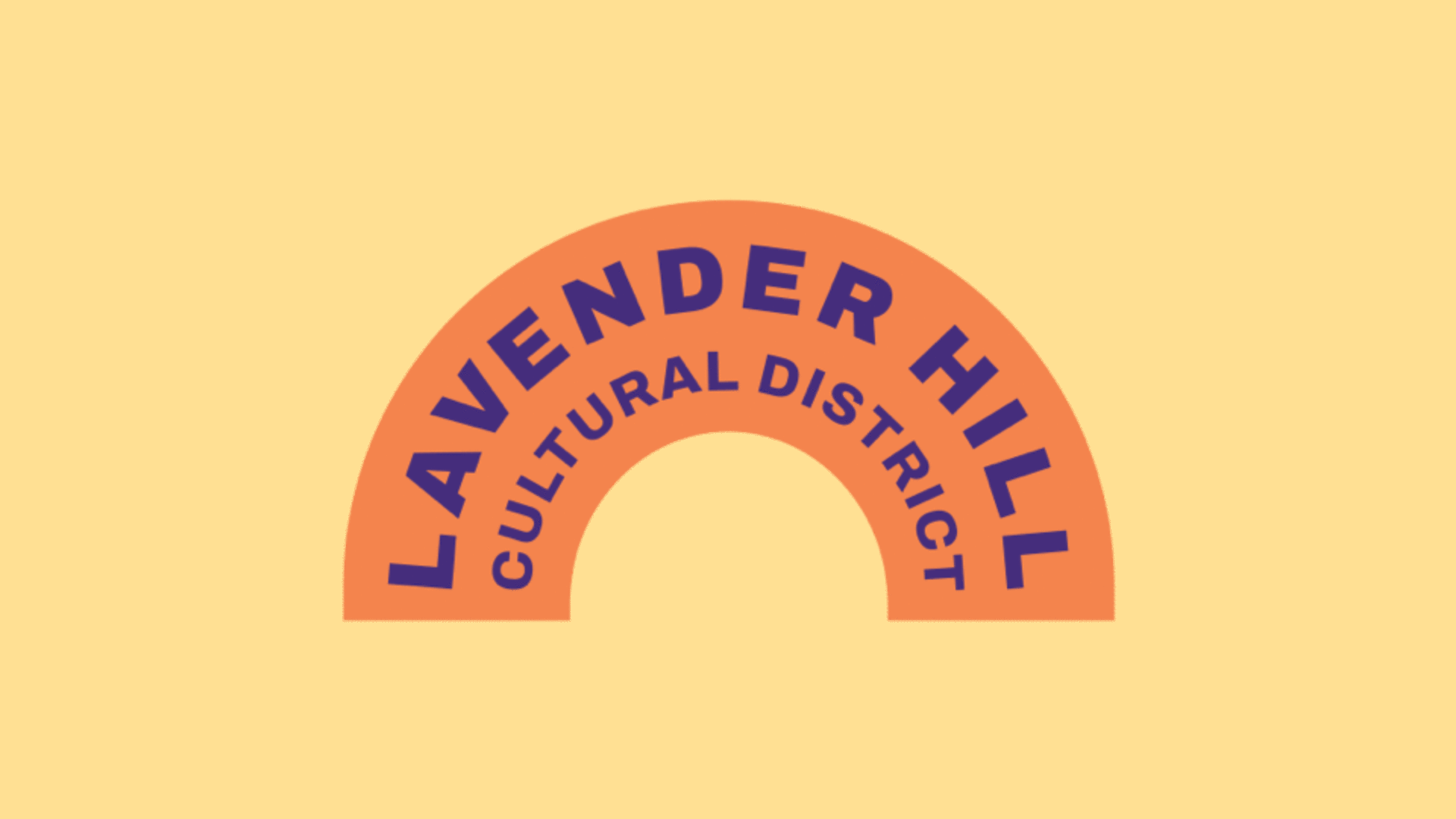Lavender Hill: Placemaking as Community Building in Denver’s Queer Cultural District
How can placemaking create visibility, foster belonging, and rewrite the story of who public space is for?
In Denver, the Lavender Hill Cultural District is answering that question—boldly, colorfully, and with deep community roots. Co-founded and led by designer Zach Kotel—SEGD Denver Chapter Chair and Senior Designer at Ashton Design—Lavender Hill was established in 2021 as Colorado’s first designated Queer cultural district. It’s more than a neighborhood branding initiative; it’s a living, collaborative platform for cultural preservation, identity expression, and civic pride.
At its core, Lavender Hill is an exercise in placemaking as community building.
Designing Visibility, Layering Meaning
The design of Lavender Hill began with language and vision developed by the creative studio Fat Lip. Ashton Design, donating their time and expertise pro bono, translated that vision into a flexible, joyful identity system that could grow with the district. The logo embraces the rainbow arc—one of the most recognizable symbols of Queer identity—and leans into the color lavender, a namesake hue that has long served as a subtle cultural signifier within LGBTQIA+ communities. While it may fly under the radar for some, for those in the know, it signals belonging immediately.
The identity balances function and expression. Typography merges the clarity of Lab Grotesque with the undulating forms of Fer Cozzi’s Julia, reflecting the diversity and dynamism of a community that has always found ways to claim space—both visibly and in coded form.


Every element of the brand is built to spread—stickers, badges, window decals, parade banners, and more—extending Lavender Hill’s reach far beyond any one physical location. This is by design. The district’s boundaries are intentionally fluid, honoring the reality that Queer spaces have always adapted, shifted, and often existed in the margins.
Even the color palette holds layers of meaning: the secondary hues draw from Bob Damron’s Address Book and the handkerchief codes—historic tools for navigating identity in coded and covert ways. In contrast, Lavender Hill makes Queer presence unmistakable.
Queer Is Here
The district’s most visible campaign, Queer is Here, functions both as a declaration and an invitation. Appearing on storefronts, signage, and civic banners, it affirms that Queer identity belongs in public space—openly, proudly, and permanently.
These markers aren’t ornamental; they’re connective. In a city whose LGBTQIA+ history has often been overlooked in favor of big-city narratives, Lavender Hill activates spaces with stories—stories that are local, personal, and powerful.
Community-Driven, Artist-Led
Lavender Hill is the product of collaborative momentum. Beginning as a grassroots effort in 2021, the district was shaped by artists, business owners, local organizations like The Center on Colfax and Black Pride Colorado, and the Colfax Avenue Business Improvement District. From the outset, the focus has been on building infrastructure for belonging—not just symbolic gestures, but systems of recognition, resource-sharing, and support.
For Zach, the project holds a personal significance rooted in both identity and activism. As a Queer and Jewish person, the work of reclaiming space and making community visible resonates deeply. In a recent interview with Shoutout Colorado, he reflected:
It’s a constant dance of creating and claiming space while building bridges and fostering understanding…Sometimes, that journey feels empowering, like we’re breaking down barriers for those who will come after us. Other times, it’s undeniably challenging… But these challenges also come with incredible rewards.
His words mirror the spirit of Lavender Hill itself: a district built not just to mark space but to make space—for resilience, recognition, and radical community care.
A Model for Inclusive Design
Lavender Hill demonstrates how design can do more than decorate—it can shape identity, shift power, and build coalitions. It’s a case study in how placemaking can serve as a foundation for community resilience and a roadmap for inclusion.
The lessons from Lavender Hill are increasingly relevant to the experiential design community: How can we design spaces that reflect and respect the people who live in them? What does it look like when cultural identity is centered, not sidelined?
Explore More
Placemaking as Community Building at 2025 SEGD Wayfinding + Placemaking
At the 2025 SEGD Wayfinding + Placemaking event—held April 23 at ISA International Sign Expo in Las Vegas—will hear directly from Zach Kotel, co-founder of the Lavender Hill Cultural District and SEGD Denver Chapter Chair.
In his session, Placemaking as Community Building, Zach will share how Lavender Hill uses visual identity, storytelling, and public activation to reclaim space, celebrate Queer history, and foster a deep sense of belonging in the built environment.
As designers reimagine the role of cities, districts, and public spaces, Lavender Hill offers a powerful case study in how design can both reflect and reshape the communities it serves. At 2025 SEGD Wayfinding + Placemaking, industry leaders will explore the systems and strategies that make navigation more inclusive, environments more connected and experiences more meaningful.
People also viewed
-
2025 SEGD Wayfinding + Placemaking

2025 SEGD Wayfinding + Placemaking
-
2025 SEGD Wayfinding + Placemaking: Meet the Visionaries Shaping Our Spaces

2025 SEGD Wayfinding + Placemaking: Meet the Visionaries Shaping Our Spaces
-
Announcing Lavender Hill, Denver’s First Queer Cultural District

Announcing Lavender Hill, Denver’s First Queer Cultural District





